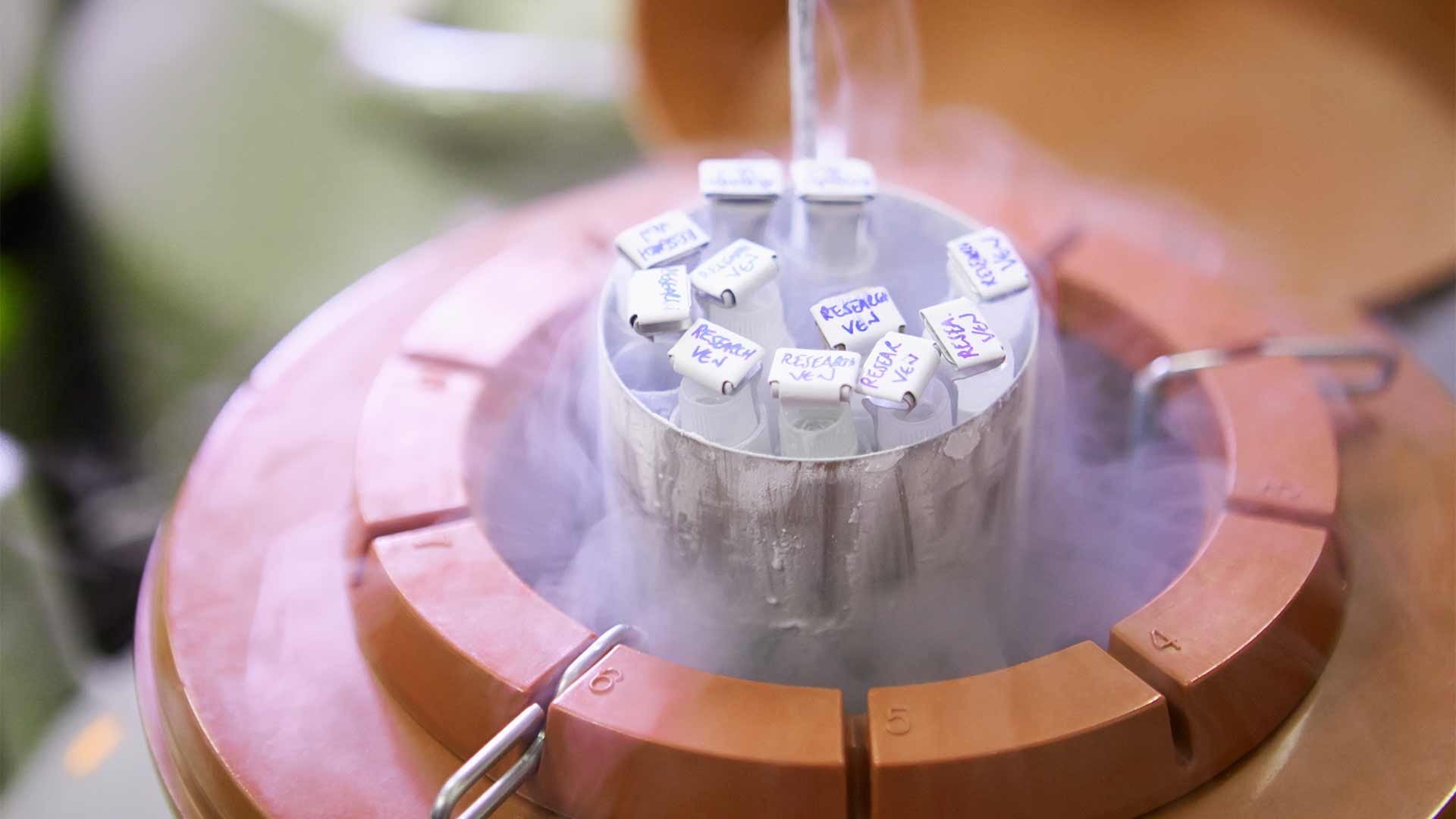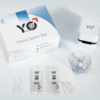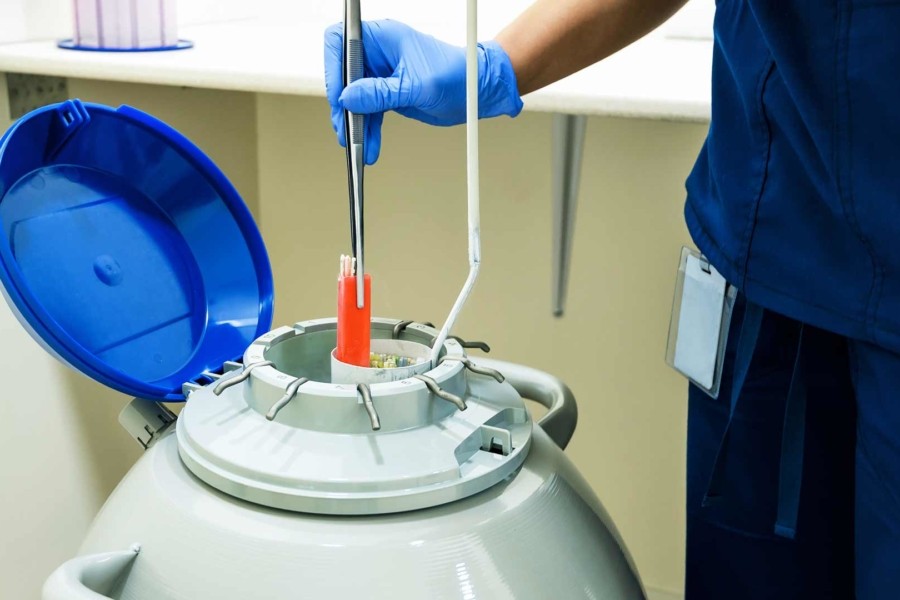The word cryopreservation is derived from the ancient Greek word ‘krúos’ meaning icy cold or frost. Cryopreservation is the process of storing sperm in icy temperatures, where it can remain until it is needed for use in future. Sperm freezing and storage is used for a variety of reasons, and can make parenthood possible for those who might otherwise be unableto conceive.
Why Freeze Sperm?
Sperm has been routinely frozen and stored for more than 40 years. Reasons for cryopreservation include:
What Does Cryopreservation Involve?
Men who wish to store their sperm at a sperm bank or fertility clinic will need to complete a health questionnaire, undergo bloodwork, and sign legal documents. Payment is also required to use the sperm bank.
You may be asked to abstain from sex and masturbation for 3 days prior to depositing your semen sample. Usually, you will need to provide your sample at the clinic, so that the sperm can be frozen straight away. Immediate freezing preventssperm cells from perishing before reaching the freezer.
Before freezing, a specialist will quickly look at your sample under a microscope. They will check sperm count, development, movement and overall quality. Assessing the sperm at this stage can help to indicate how well your sample will cope with being frozen.
Next, a lab technician will freeze your sample in a specialist unit that will protect the sperm cells from damage. Your sample will stay here until you want to use it, but you may need to pay a yearly fee to keep your sperm sample safely stored.
What About ‘Defrosting’?
When you are ready to use the sperm as part of a fertilitytreatment cycle, the sample will need to thaw. Unfortunately, not every sperm cell will survive the thaw process. Once defrosted, your clinic will put the sperm under a microscope to assess how many sperm cells have survived.
Following the thaw, the defrosted sperm sample can be used as part of your fertility treatment.
How Long Can Sperm Stay Frozen?
In theory, sperm can stay frozen indefinitely and still be viable when thawed. However, you may be restricted by the laws of the country in which your sperm bank or fertility clinic is located. In the UK, the maximum storage time for sperm is 55 years, and consent must be renewed every 10 years.
Final Thoughts
Cryopreservation has been used for many years to preserve fertility, or make conception possible, for individuals and couples who might otherwise not have been able to have children. Although the process has legal and financial implications, sperm banking has revolutionized fertility treatment options, making conception possible for couples with infertility, older men, same sex couples and transgender individuals.
If you want to find out about the quality of your sperm without visiting a sperm bank, you can check your motile sperm concentration (how many sperm are moving) at home with a YO Home Sperm Test.






